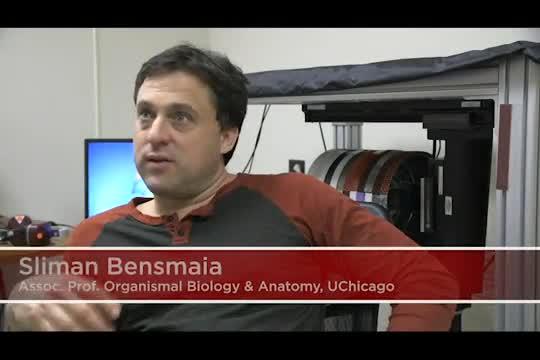Fluconazole makes fungi sexually active
IMAGE: Treatment with fluconazole can lead to genetic changes in Candida albicans that make the fungus capable of mating. view more Credit: Bernardo Ramírez-Zavala/Universität Würzburg The yeast Candida albicans occurs in most healthy people as a harmless colonizer in the digestive tract. However, it can also cause life-threatening infections, especially in immunocompromised patients. These infections are…










